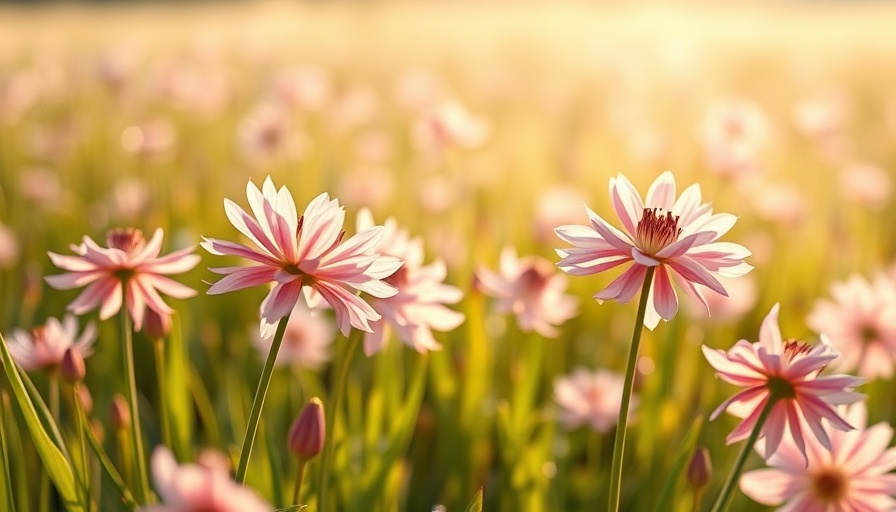
Embrace Prairie Onions: A Sustainable Choice for Your Garden
Prairie onions, scientifically known as Allium stellatum, are not just any ordinary plant. Native to central North America, this resilient flowering perennial is a striking addition to your garden. With its delicate star-shaped blooms in light pink to lavender, it brings visual appeal while serving practical purposes. These brave little plants sprout early in spring when most of the garden is still in a sleepy state, providing a much-needed bloom to lift your spirits after winter.
The Benefits of Growing Prairie Onions
Besides their beauty, prairie onions offer numerous advantages. As an edible plant, you can enjoy both the bulbs and flowers, adding a distinct flavor to your meals. Traditionally used by Native Americans and early settlers, these onions have a long history of medicinal use. Sweetened decoctions of the bulbs act as a remedy for colds, and extracts help alleviate congestion. Additionally, prairie onions thrive in dry areas, making them an excellent choice for gardeners interested in xeriscaping and organic gardening.
Prairie Onion Care: A Simple Guide for Beginners
Caring for prairie onions is straightforward, making them perfect for novice gardeners or anyone looking to add more easy-going plants to their landscape.
- Soil Conditions: These plants prefer sandy, well-draining soil.
- Light Exposure: Provide full sun to partial shade, ideally around 6-8 hours of sunlight each day.
- Watering Needs: With low water requirements, prairie onions are a great choice for water-conscious garden designs.
- Planting Tips: When you plant them, space bulbs 4-6 inches apart at a depth of about 4 inches. They can take up to two years to fully mature, so patience is key!
Landscaping Ideas: Incorporating Prairie Onions in Your Design
Prairie onions are excellent people-pleasers in various landscaping projects. Use them in flower borders alongside your favorite annuals or perennials for a splash of style. Given their tendency to repel pests, they can create a naturally safeguarded space for other delicate garden plants. Add them to raised beds or tuck them into rock gardens for an effortless natural look. They also work well in pollinator-friendly garden layouts, attracting bees and butterflies while adding to your garden’s biodiversity.
Common Pests and Diseases: How to Protect Your Prairie Onions
While prairie onions are generally resilient, being aware of potential threats is essential.While they resist many pests, be vigilant about aphids and onion maggots. Regularly inspect leaves for signs of these common garden invaders. If you notice any issues, organic pesticide options are available that won't harm your healthy ecosystem.
Conclusion: Why You Should Grow Prairie Onions in Your Garden
By incorporating prairie onions into your garden, you benefit from beauty, edibility, and ecological contribution all at once. Their resilience and low-maintenance nature make them suitable for any gardener eager for a touch of nature’s grace.
Planting prairie onions is a step toward fostering a sustainable garden. As you explore your gardening options, keep in mind these hardy plants can provide not just visual but functional value. So why not grab some bulbs today and start your prairie onion journey?
 Add Row
Add Row  Add
Add 




Write A Comment